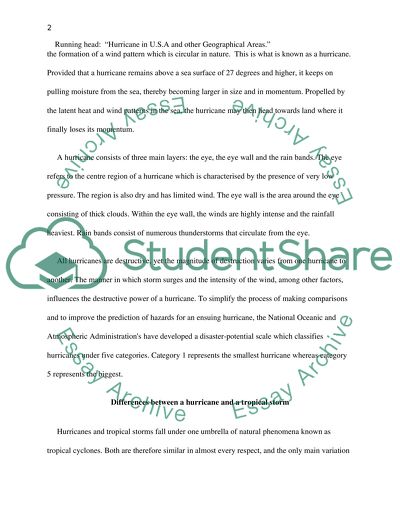Cite this document
(“HURRICANES IN THE UNITED STATES AND OTHER GEOGRAPHICAL AREAS Research Paper”, n.d.)
HURRICANES IN THE UNITED STATES AND OTHER GEOGRAPHICAL AREAS Research Paper. Retrieved from https://studentshare.org/geography/1437472-hurricanes-in-the-united-states-and-other-geographical-areas
HURRICANES IN THE UNITED STATES AND OTHER GEOGRAPHICAL AREAS Research Paper. Retrieved from https://studentshare.org/geography/1437472-hurricanes-in-the-united-states-and-other-geographical-areas
(HURRICANES IN THE UNITED STATES AND OTHER GEOGRAPHICAL AREAS Research Paper)
HURRICANES IN THE UNITED STATES AND OTHER GEOGRAPHICAL AREAS Research Paper. https://studentshare.org/geography/1437472-hurricanes-in-the-united-states-and-other-geographical-areas.
HURRICANES IN THE UNITED STATES AND OTHER GEOGRAPHICAL AREAS Research Paper. https://studentshare.org/geography/1437472-hurricanes-in-the-united-states-and-other-geographical-areas.
“HURRICANES IN THE UNITED STATES AND OTHER GEOGRAPHICAL AREAS Research Paper”, n.d. https://studentshare.org/geography/1437472-hurricanes-in-the-united-states-and-other-geographical-areas.


